
Heaters are one of the most overlooked pieces of equipment in this hobby. They are the number one cause of tanks crashing and losing an entire tank of expensive prized fish. This is very unfortunate because they are actually one of the most affordable pieces of equipment and something we have the most control over.
The problems with aquarium heaters are:
- They are frequently VERY oversized for the tanks they are recommended for, over 2 to 3 watts per gallon.
- They frequently fail
- They usually fail in the “on” position and literally cook the fish in the aquarium
- They have no built-in redundancy
There are constant sad situations on social media where the heater stuck in an aquarium and cooked all the fish in an aquarium. In many situations the temperature rose to the point the owner could not touch the water. That is a seriously overpowered heater.
Here is an actual comment off of Facebook:
“My kids phoned me just as I was getting off work yesterday, all my fish were floating dead. I came home to find my heater had malfunctioned and boiled the water. 55g of nice cichlids I’ve had for a few years”
Been there. Done That. I felt sorry for the guy. Especially since this could have easily been prevented.
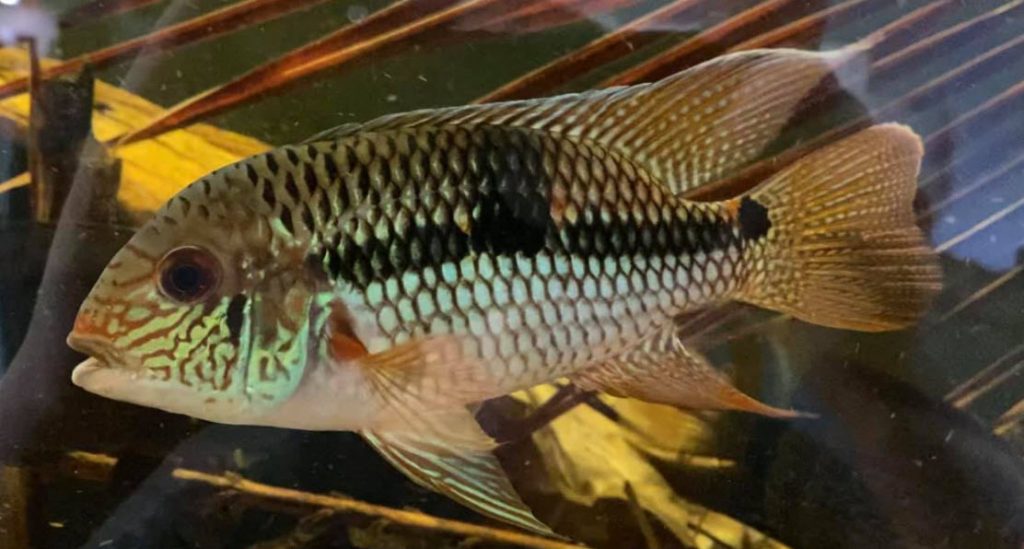
The electric current to the heater is controlled by a thermostat, a mechanical contact which makes an electric current flow. This thermostat comes “on” and allows current flow and then turns “off” and cools down. That contact will often fuse shut in the “on” position, preventing the current from being turned off. Electronic controllers use a different approach but they too can fail.
If one looks at the sizing recommendations on a heater most heater manufacturers use 5 watts per gallon. This maximizes the manufacturers’ profits. And everyone and their uncle will parrot this recommendation over social media over and over again. And the aquarium equipment suppliers love it. Five watts per gallon is a VERY dangerous recommendation. Five watts of power per gallon can raise the temperature of the water by 30 to 50 degrees Fahrenheit (17 to 28 degrees Celsius) and cook the fish when the heater sticks in the “on” position. Any heater that can do this is obviously very over-sized.
The “basic rule of thumb” should be:
.
When it Comes to Aquarium Heaters Redundancy is Essential with a Total Maximum Wattage of 3 Watts per Gallon
.
Redundancy can be achieved with either two smaller one watt per gallon heaters or with an electronic controller in addition to the controller on a heater. This is a REQUIREMENT in order to prevent cooking one’s fish. We can’t emphasize that enough. The author uses double redundancy, two small heaters in each tank with an electronic controller.
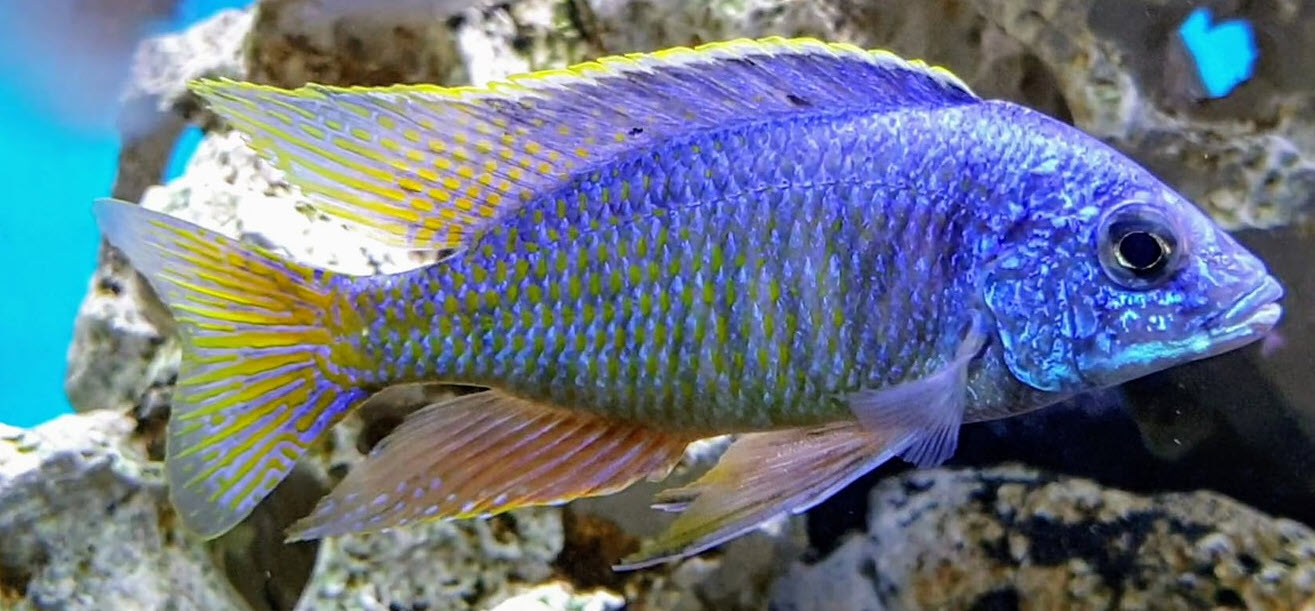
The easy way to achieve redundancy is to use two smaller heaters. Where one failed 100 watt heater might take a 20 gallon aquarium to a killer 105 degrees f (41 degrees C), one failed 50 watt heater (out of two) might only go to 90 degrees F (32 degrees C), saving the fish. It would be highly unusual for two heaters to fail at once.
The best situation is two low wattage heaters for most aquariums in homes. If one has the normal aquarium in a 70 degree f (21 degree C) room and one wants to keep the aquarium at 78 degrees (25 degree C.) the following is recommended:
- 100-gallon (379 liter) tank: two 100-watt heaters
- 75 gallon (284 liter): two 90-watt heaters
- 65-gallon (246 liter): two 80-watt heaters
- 55 gallon (208 liter): two 70-watt heaters
- 35-gallon (132 liter) tank: two 50-watt heaters
- 20 gallon (76 liter) : two 25-watt heater, one 10-watt heater
- 10-gallon (38 liter) tank: one 25-watt heater, one 10-watt heater
- 5 gallon (19 liter): two 10-watt heaters
The reason the level goes from 2 watts per gallon with the 100 gallon (379 liter) to 3.5 watts per gallon with the 10 gallon (38 liter) aquarium has to do with the ratio of the surface area (all six sides) to the volume. The smaller aquarium has a higher ratio and thus generally needs more wattage. And we know that some wattages are not widely available, but try to get as close as possible to the wattage total.
The two heaters should be set to different temperatures. One should be set at say 78 degrees F (25 degree C) while the other might be set at 74 degrees F (22 degrees C.). This prevents frequent on/off cycling of the heaters which will wear them out.
Now these are rough guidelines only. There are a huge number of variables in an aquarium. If one has dry desert air and has a huge air pump driving a large bubble wall, the amount of water that can be evaporated in a day is truly impressive. And evaporating water cools down an aquarium. So a bubble walled aquarium in the desert might well need to double the wattages. And if one wants to hold 84 degrees these numbers probably need to be roughly doubled.

All tanks should have covers which insulate the water somewhat. An acrylic tank is better insulated than a glass tank. And some tanks are on wood along their bottoms which insulates them somewhat.
If the room temperature drops to 65 degrees F (18 degrees C.) on a regular basis and you want to maintain the 82 degrees (27 degrees C.) at all times, these wattage’s need to roughly double and one should go with three heaters. That being said there is no reason to maintain 82 degrees at all times. If the temperature drops even down to 65 there is no tropical fish that has been found to die at that temperature.
Note that if you have a large variation in room temperature, like 65 to 85 F. (18 to 30 C.) or 60 to 80 F (15 to 27 C), AND you are adamant about holding an 82 degree F (28 C) or even 78 degree F (25 degree C.) temperature all the time, the risk of boiling the fish gets very high when the air temperature is high. At least three heaters would be prudent in such a situation.
And all the electrical equipment on a tank adds heat. A 45 watt sump submerged pump adds 45 watts worth of heater 24 hours a day, seven days a week. A fifty watt canister is like a twenty watt heater on 24/7, if the pump motor is on the outside of the canister. Even circulation powerheads can add five or ten watts of heat. And a light fixture with 15 watts of LED light will put most of that wattage into the tank as light which is then converted to heat in the aquarium. A 36 watt UV light will heat the water up quite a bit. So anything like this needs to be taken into account and the heater requirements adjusted downward.
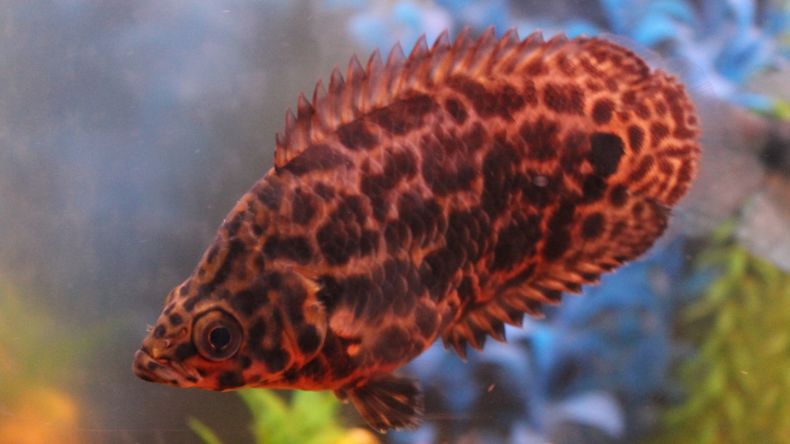
Recommended Temperatures
Contrary to popular myth, most freshwater tropical fish live quite comfortably at the temperature of most homes (650 to 850 F, 180 to 300 C).
Cory of Aquarium Co-op (bright young guy!) did a great YouTube video on the subject of heaters. Cory explains why virtually all tropical fish do just fine all the way down to 65 degrees F. (180 C). He points out that fish farms in South Florida routinely hit temperatures of 65 degrees F (18 degree C.) in the water of the ponds for extended periods of time and the fish are fine.
Cory has kept freshwater tropical tanks at room temperatures down to 65 degrees F (18 degree C.) without a heater for many years. So the idea that a tropical fish “requires” 76 degrees (25 degree C.) or higher at all times is simply a myth.
If one listens to Cory this means that the recommended wattages above are the requirements for aquariums in homes which drop to 55 degrees F (12 degree C.) in the home. If your home will only drop to 65 (18 degree C.) no heaters at all are required per Cory. We agree 100% with Cory.
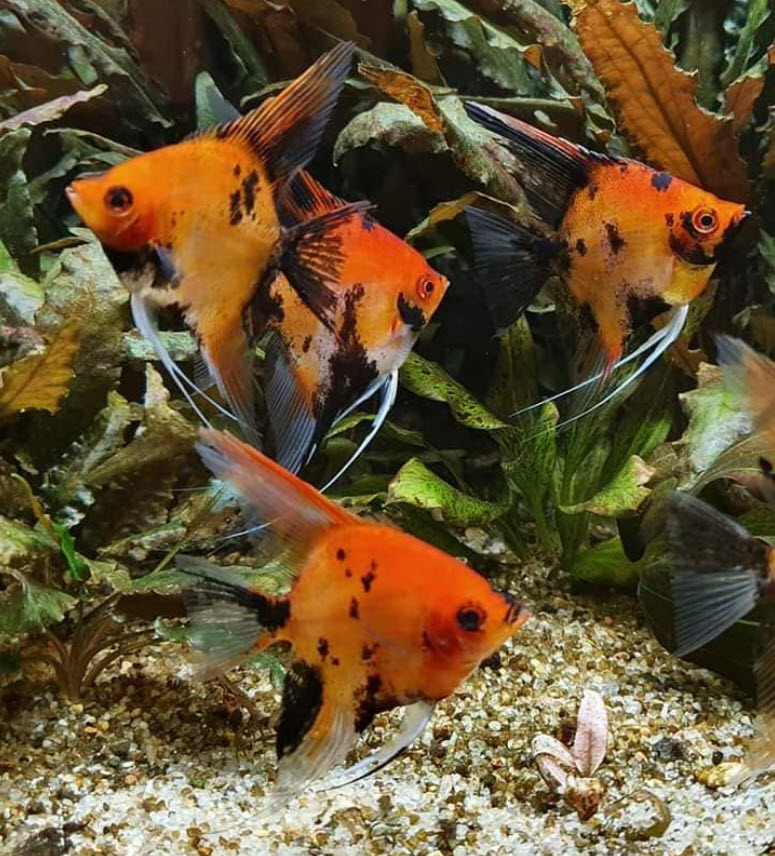
The temperature settings for fish are as follows:

Note that many will say “But not all fish can take cold water”. This takes advantage of the fact you can’t prove a negative. There is no way to prove that there is not a tropical fish out there which will be hurt by 65 degrees F (18 degrees C). But ask the commentator “What fish species can’t take 65 degrees (18 degrees C)?” And they won’t answer. This is because breeders in Florida have yet to find a species which can’t take 65 (18 degrees C) for a few days.
Now at Christmas 2009 for four days there was a frost in South Florida and billions of small introduced African cichlids in shallow waterways in South Florida perished as the water dropped below 60 degrees F (15 degrees Celsius). The smell was very bad. Most of the commercial tropical fish breeders took precautions that prevented heavy losses but it illustrates that anything below 60 can typically be deadly.
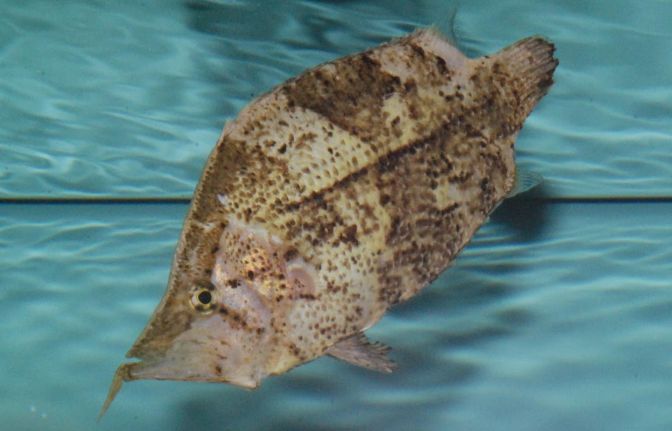
Heater Life Expectancy
There are several ways to extend the life expectancy of a heater. Heaters fail because they are turning on and off too often. So the following actions reduce the number of on and off cycles and extend the life of the heater
- Make sure the heater is at a 45 degree angle in the aquarium. A vertical heater will turn on and off far more often than a 45 degree heater because heat rises and most aquarium thermostats are at the top of the heater.
- Make sure the heater has a good flow of water around it. Put it in the outflow of a filter or in the path of a powerhead. Note that since flow in a tank is typically horizontal this is why heaters should be at a 45 instead of horizontal in the aquarium.
- Put two or three small heaters in a tank rather than one big heater. This way typically only one heater does all the work, while the other heater acts only as a safety net if the room temperature drops really low.
Putting a large heater in a small tank means the heater will cycle on and off very frequently. And each heater only has so many on/off cycles before it fails. So an over sized heater is a very bad idea, it can fail VERY rapidly and it can possibly cook the fish.
Now some say this isn’t true. They say that heaters should come on and off frequently in order to have a stable temperature. First off a stable temperature is NOT required in an aquarium. All the research on fish say rapid changes of even ten degrees Fahrenheit are harmless. Secondly the temperature difference between “on” and “off” on any heater solenoid is independent of the size of the heater and is typically only a degree or two.

Types of Heaters.
There are a huge number of options when it comes to heaters. In-line heaters are nice in that they are not visible in the tank. Given that the exact temperature is not very important cheap set temperature heaters are fine for most aquariums. Heaters can be housed in glass, titanium or high temperature plastic. Glass is prone to bust if one forgets to turn the heater off during a water change. Plastic conducts heat very poorly, which can be a problem. And titanium is expensive. I find they are all equally prone to failure.
Asking a hobbyist which brand of heater is best is like asking a bunch of rednecks which pickup truck is best: Chevy, Dodge or Ford? There isn’t much difference, especially if you follow the safeguards mentioned above on sizing.
It is a good idea to get a fully submersible heater (some aquarium heaters are NOT fully submersible). If the heater has a glass housing, mount the submersible heater at a 45 degree and low near the substrate in the aquarium. This way the glass heater never comes out of water during a water change and you don’t need to be concerned about turning the heaters off to prevent them from breaking due to thermal shock with new water (This is extremely common! Happens all the time!).
One final safety note. Be sure to drop a loop in the electrical cord going into any water with the heater. Without a loop water can travel down the cord to the outlet. That can short out the electric and can cause a fire. GFI circuits DO NOT protect against shorts of this nature.

Electronic Controllers
There are also some electronic temperature controllers which cut out the power to the heaters when the water temperature hits a set temperature. They are an excellent investment. The redundancy these electronic heater controllers provide is important.
Note it is important to have both the heaters and the controllers set to reasonable temperatures. One enterprising Facebook hobbyist cranked the mechanical heater controllers “all the way up” and relied solely on his electronic controller to control the temperature. He was defeating a major purpose of the electronic controller.
The heater should be set at the temperature you want, say 76 degrees F. Then set the controller six to eight degrees F higher. This make the heater control doing all of the job and the controller is just there for emergency. Now obviously the roles can be reversed. Six of one, half a dozen of the other.
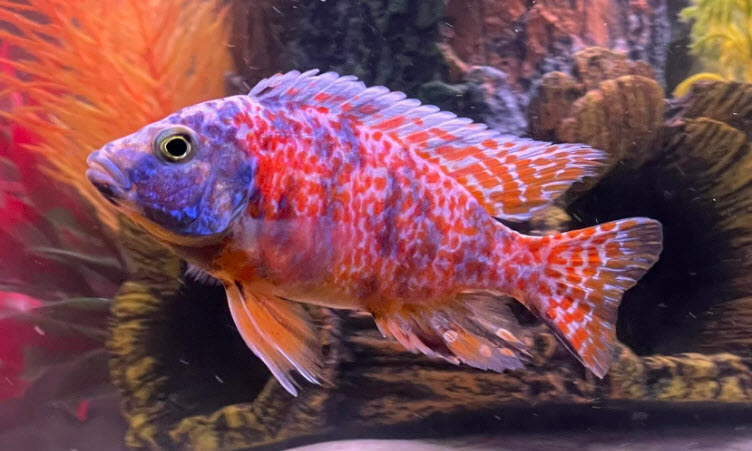
What you do not want to do is to set both the electronic controller or the heater controller to within five degrees F. of one another. If you do that and a heater or controller fails, you won’t know it.
Note also that there are many who think that solid state electronic controllers can’t fail and are much more reliable than mechanical controllers. This isn’t true. The electronic controllers have a very poor track record when used as the sole controller of temperature.
The problem has to do with cost. Good electronic heat controllers are expensive to manufacture. And there is no one who has tested the life of heaters nor is there any way to judge which electronic controller is the best. So consider all electronic controllers to be unreliable. Indeed, consider every piece of equipment having to do with heaters unreliable.
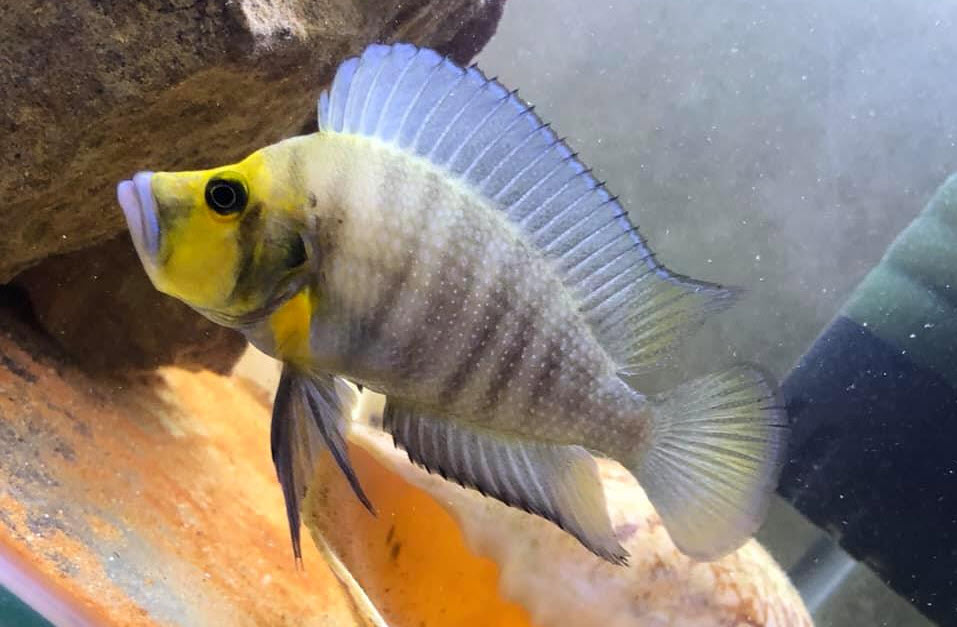
Heater Myths
There are several other profit driven myths that heater suppliers love to have sincere but ill-informed commentators parroting over and over on social media. These are:
- Larger heaters are more “efficient” and use less electricity.
- Larger heaters last longer
- The more expensive the heater the better it is
The concept that larger heaters are more “efficient” and use less electricity is contrary to the science. Basic physics says one kilowatt hour of electricity is 0.034 therms of heat (which will raise ten gallons of water 4 degrees F), regardless of heater wattage, so high wattage heaters (or more expensive heaters) are not more energy efficient.
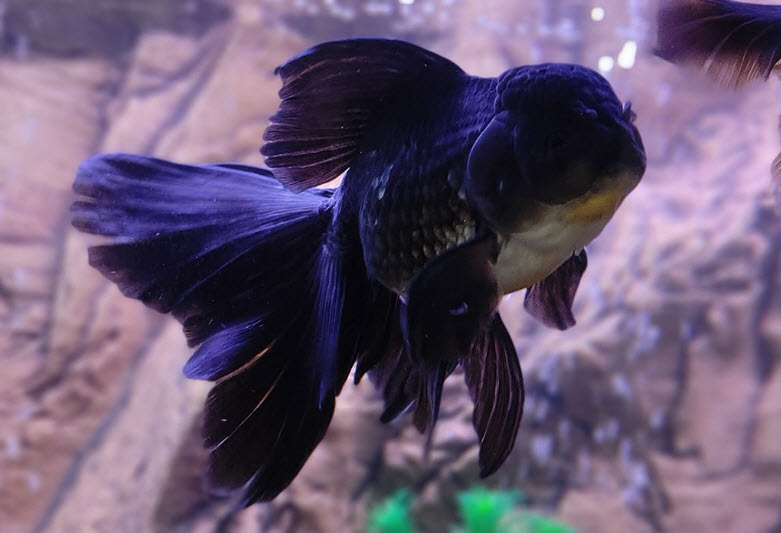
Still another concept is that because larger heaters “work less”, larger heaters will supposedly last longer. Exactly the opposite is true. The higher the wattage the more often a heater will “cycle” (i.e. turn on and off). A typical mechanical thermostat only comes on and turns off just so many times before it will fail. The contacts only “contact” so many times before they fail.
And the thermal expansion of the heater elements stresses the elements and leads to their failure. Thus an overpowered heater which cycles more often than a smaller heater will fail faster. A four watt per gallon heater will cycle very roughly twice as often as a two watts per gallon heater and will wear out in half the time of the smaller heater.
And one has to love the myth that more expensive heaters are better heaters. Titanium is very expensive to fabricate. So titanium heaters are expensive. But the expensive titanium is only reflective of what material is used in the outer casing of the heater. Black plastic is also expensive. The working inside of a titanium heater are identical to both glass and black plastic heaters. All three use basically the same mechanism. So “more expensive” is not necessarily “better”.
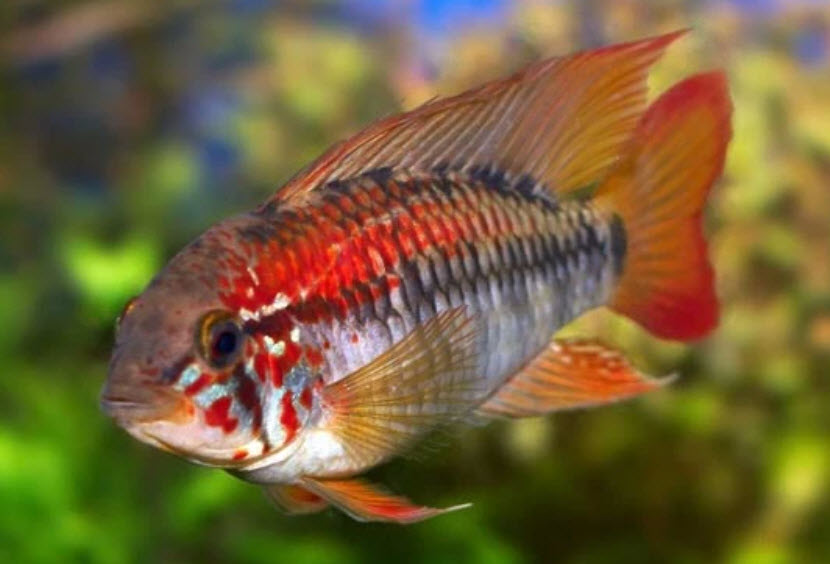
Belief Perseverance Effect
Note that many will disagree with what is said above and use a single 200 watt heater on a 29 gallon aquarium without a controller. This is the psychological phenomenon of “belief perseverance effect”. Even when presented with the science, people will rationalize and rationalize to uphold a belief they have held for a long time. There is no point in trying to fight this phenomenon.

Just be aware that it is a very unpleasant experience to come home to an aquarium of prized fish only to find them all boiled. The author has done that once and it was gut wrenching. A tank with about fifty beautiful Lake Malawi mbuna, all dead. Now all my aquariums have multiple small heaters AND electronic controllers.
.
Return to Equipment Menu
.
Aquarium Science Website
The chapters shown below or on the right side in maroon lead to close to 400 articles on all aspects of keeping a freshwater aquarium. These articles have NO links to profit making sites and are thus unbiased in their recommendations, unlike all the for-profit sites you will find with Google. Bookmark and browse!
.

Dave says
In reply to Luis …..Sounds like a good plan to me as long as your house does not drop lower than 65 degrees. Note I’m not familiar with controllers per se so I’m hesitant to make any recommendations.
Luis A says
Hello,
Love your articles and the wealth of information contained in them!
Currently I have a 150 Gal Discus aquarium and a 120 Gal Altum aquarium. Other smaller fish in each as well.
Both with sumps using fluidized Kaldnes K1+ and Poret 30ppi foam per your recommendation. Both tanks bio filters have about 30% more capacity than the bio load produced by the fish. Calculated following your charts.
I like to keep both aquariums at 78F…..located in WPB, FL…..house winter temp is 74F, summer temp is 78F…..year round humidity is 50-52%.
Using single 300W Eheim Thermocontrol e w/o external controller in each aquarium.
Was planning on adding an Inkbird 306T and run two 150W Eheim Thermocontrol e in each aquarium.
After reading this article, and watching Cory’s video…..I’m thinking that the Inkbird with a SINGLE 150W heater would probably do the trick.
Is single 150W heater sufficient?
Inkbird 306T acceptable, or do you have a better option?
Eheim Thermocontrol e acceptable, or do you have a better option?
Your comments are appreciated.
Best,
Luis
Dave says
In reply to Jon .. Don’t overthink it. I would simply go with two 25’s.
Jon says
Would a 15-gallon tank go by the 3.5 or 3 watt/gal ratio?
Does the shape of the tank factor in or not material? My tank is a 15 gallon cube.
If my choice is 25×2 (too much wattage?) or 25 & 10 (too little?), which way to go? (unless there are heaters with wattage between 10 and 25 )
Mark says
I enjoyed this article on heaters and I am going to change out some of my larger heaters. I’ve never had one fail but I did have a A/C malfunction that raised the temperature of my fish room dramatically. The tanks on the far side were all mid 90 and I was able to lower the temperature without any losses but the tanks near the A/C were over 100 and were a total loss. The only thing that didn’t die were the pest snails.